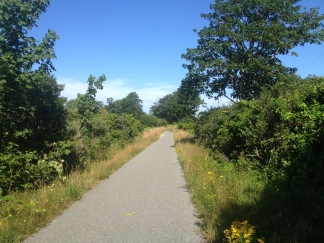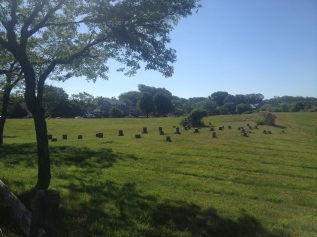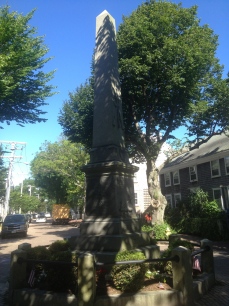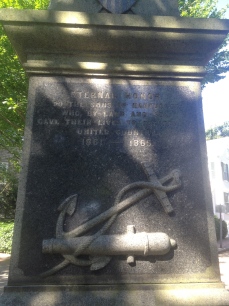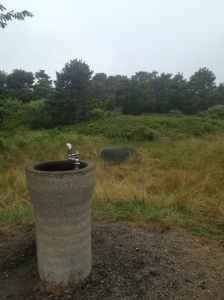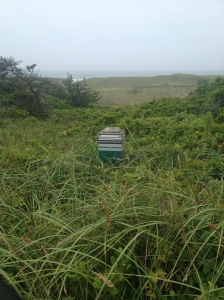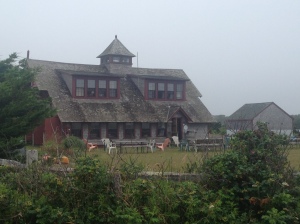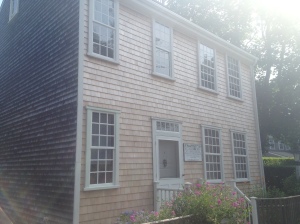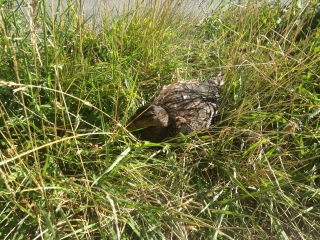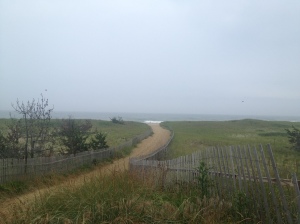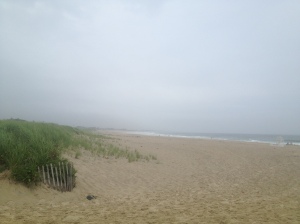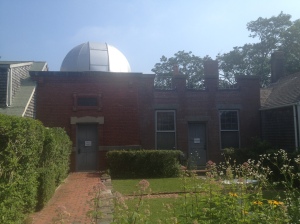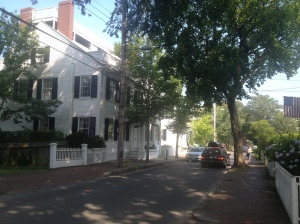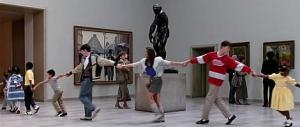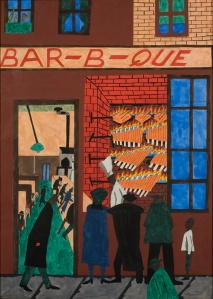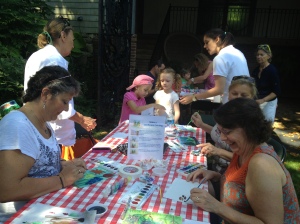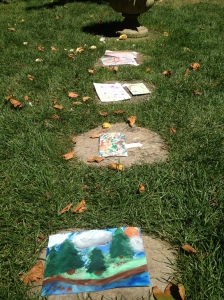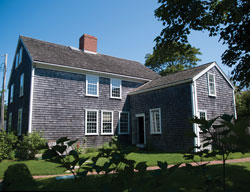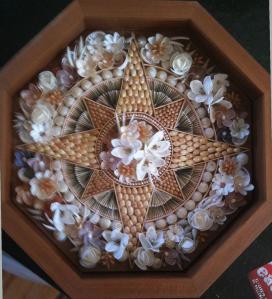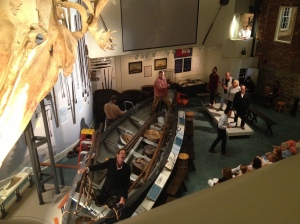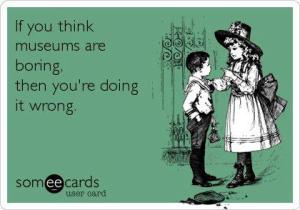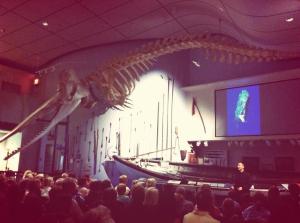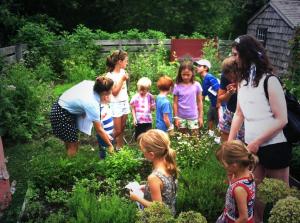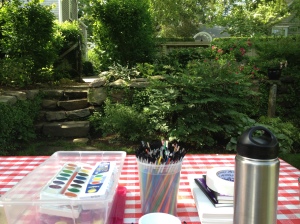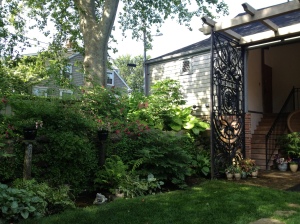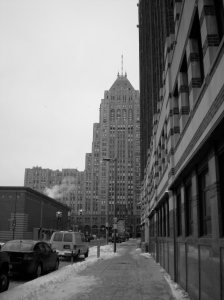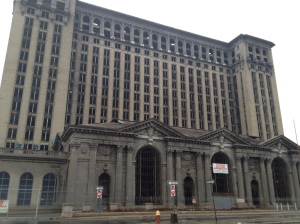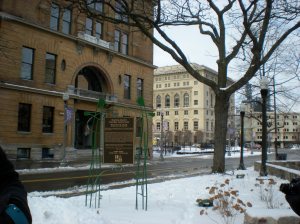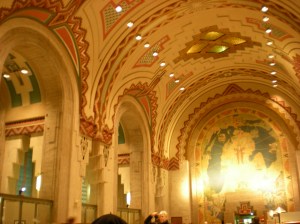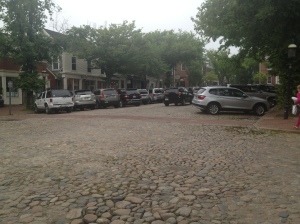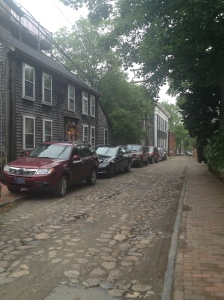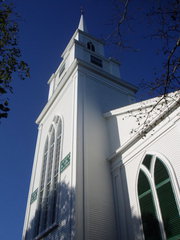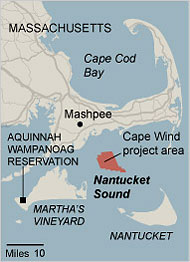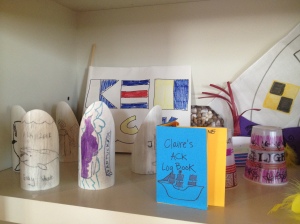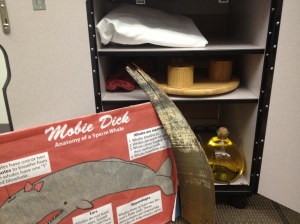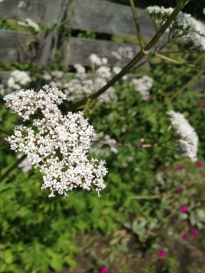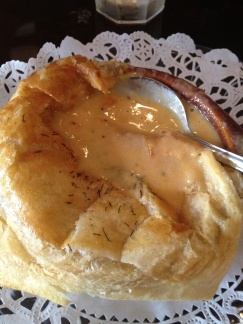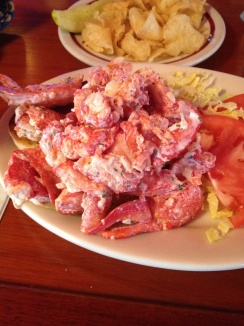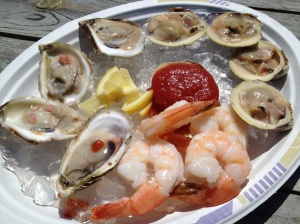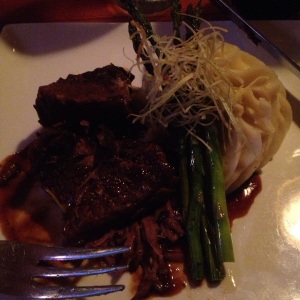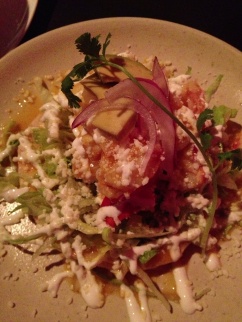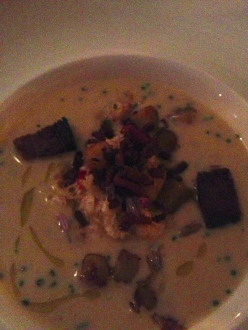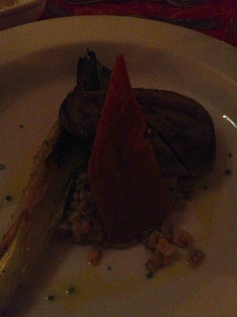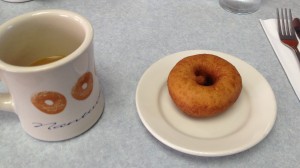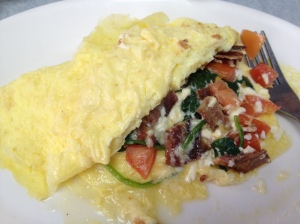Many apologies for the enormous delay in publishing a Week in Review for last week (June 24-28), but with my first program on Wednesday and the holiday on Thursday, this week has been speeding by!
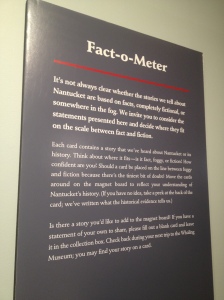
Fact-o-Meter panel in the NHA Nantucket Myths exhibition is geared towards families to read and experience together
Anyway, last week was a quiet week spent mostly in the office working on my individual project. After the initial brainstorm stage, or “brain dump” as Marjan calls it, I have moved to systematically collecting information about the public programs of other museums and cultural institutions around the country. First, I started by breaking down my research into three manageable sections: local, regional, and national. From there, I will collect all of the necessary data that sheds light on that program, such as day, time, cost, and location. This data allows me to then infer who the program is targeted towards. For example, a $70 hearth cooking program that runs from 5:30 to 8:30pm on a weekday is generally not going to be geared toward families. However, a Portuguese diversity celebration that takes place on a Saturday from 10am to 4pm could definitely be geared
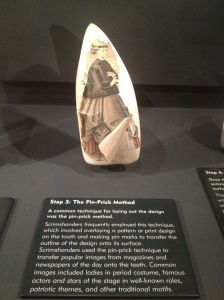
Step 3 from “How to Scrimshaw” exhibition from the NHA Scrimshaw Gallery is more complex and meant for adults.
towards families and adult visitors. Identifying your intended audience is one of the most important parts of museum work, whether its planning a program or an exhibition. Take, for example, the NHA’s new exhibition on Nantucket myths. The language and activities are completely family-friendly: they use simple language that is within the grasp of younger kids and the activity is simple to explain and involves moving around the gallery. On the other hand, the scrimshaw gallery is geared primarily towards adults. The language is more complex, the Melville quotations are out of context, and there is no way to directly interact with the exhibition. These are two different spaces for two totally different audiences.
As far as local institutions go, my primary goal is to look into the future to see what kind of programs they will be running from Fall 2013 to Fall 2014. This is important in a small community like Nantucket because it prevents overlap in programming between institutions. Yet it also allows us to tap into an author or filmmaker if they will already be on the island for another event. Say The Atheneum wants Author X to talk generally about their new book on Nantucket history, we might book them for a specialized lecture about whaling or Nantucket’s Art Colony days of yore.
My survey of regional museums has a somewhat different purpose. My goal is to review their programs for 2013 to again find opportunities to tap into visiting scholars or authors at other nearby museums. But it’s also a way to find other successful programs that have already been done at other institutions. So far, this survey has been the most interesting to me, mostly because so many of the regional maritime museums do such incredible and diverse programs that appeal to a wide sweep of audiences! I thought it would be fun to highlight some of these great programs, both as a shout-out to those institutions, but also to demonstrate to you, my wonderful readers, the amazing potential that museums have to be social centers and leaning centers. So, let’s go on a trip.
First up is the Peabody-Essex Museum in Salem, Massachusetts. This is a regional art

- Artopia Night at PEM/PM introduced visitors to new electronic music from local bands.
museum that recently embarked on a $650 million fundraising campaign and is now positioning itself to become nationally known for its collections and avant-garde programs. Some of these new programs include PEM/PM, a monthly “Evening Party” with a theme taken from new exhibitions (“PEM/PM: Explosive Global India” happened along with the opening of “Indian Painting After Independence”). These parties integrate music, art, food, and drinks in order to attract a new, younger crowd to the art museum. All for $10.
And if you say to yourself “Well, that’s just a party at a museum,” PEM says, “Oh no, no, it’s mission-related.” See the part in their mission that states PEM “strives to create experiences that transform people’s lives by broadening their perspectives, attitudes, and knowledge of themselves and the wider world.” PEM makes an amazing effort to bring obscure bands and artists to their parties and host diverse food tasting with treats from around the globe. Definitely “broadening perspectives” and “knowledge of the wider world,” right? And this is what is tricky about working in a museum. Everything MUST be mission related. Your mission statement is your oath to your public. It’s your promise. And for the sake of your public (and your Board of Directors), you must be able to defend your expenditures with your mission in mind.

Landscape as Photomontage exhibition at the Isabella Gardner Museum
But enough technical talk. Let’s continue our travels by heading south to the Isabella Stewart Gardner Museum in Boston. The Gardner Museum offers a ton a great programs, including a PEM/PM style evening program of their own called Third Thursdays as well as an extensive music program, including Avant Gardner, a series highlighting young contemporary musicians and their distinctive musical styles. As if that wasn’t enough to be getting on with, the Gardner Museum also is a pioneer in programming related to landscapes both on the museum grounds and around the world. And most of you understand my love for changing landscapes and unhealthy obsession with Historypin, so you can imagine my excitement to find a museum that interprets landscapes as well as paintings. True love.
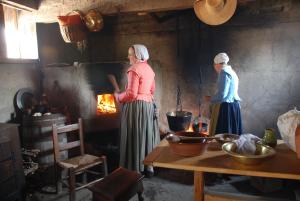
Colonial hearth cooking at Plimoth Plantation. Bonnet not included in admission.
Continuing our virtual trip, we travel south to Plimoth Planation in Plymouth, Massachusetts, one of the premier living history museums in the country. Here you’ll find a completely recreated 17th-century English Village, complete with in-character Pilgrims who will answer any questions you, “the strange visitor,” might have. Nearby is a recreation of a Wampanoag Native American village staffed by modern, not in-character Native Americans who demonstrate many traditional Wampanoag practices. Demonstrations of traditional cooking and craft abound at the English Village as well, including many cooking workshops highlighting local, in-season produce and the use of colonial hearth ovens. Visitors often leave with hot
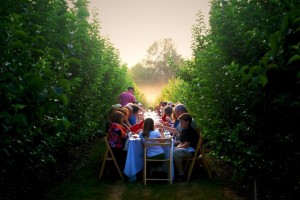
Outstanding in the Field supper in the Massachusetts Berkshires.
Photo from Outstanding in the Field.
baked bread or fresh produce to take back home. Keeping along the lines of food, the 18th-century Hancock Shaker Village far out west in Pittsfield, Massachusetts hosts two traditional Shaker suppers every year and a special farm dinner in collaboration with Outstanding in the Field, an organization that celebrates local and sustainable produce and the farmers that work the land. These Shaker suppers are not only a great opportunity for visitors to understand how the Shaker community lived through food, but also an opportunity to socialize either during the pre-dinner cider and cheese reception or during the complementary guided tour of the village. Again, here we are thinking back to that social role of the museum that we talked about back in Week 2. Everything has come full circle. How beautiful.
From this point, I’ll continue to gather information about more national museums and think about ways to adjust their programs to be relevant here in Nantucket. Is there a program YOU’D like to see at a museum? Have you ever gone to a memorable museum program that you’d like to share? Let me know what you think by leaving a comment! And check bACK soon!
